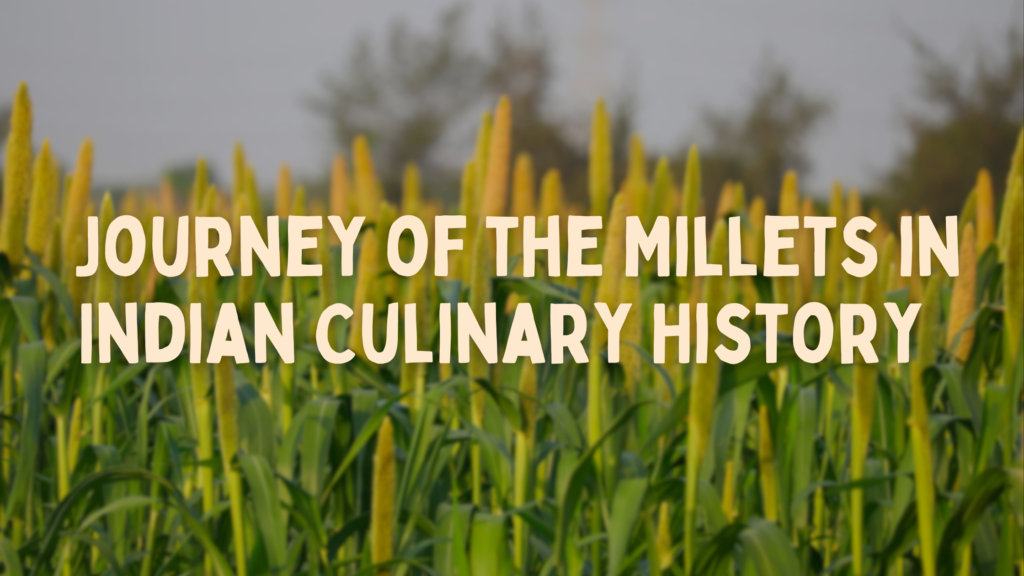
Introduction:
In the colorful tapestry of Indian culinary history, millets stand out as one of the oldest and most cherished grains. From ancient times to the modern era, millets have played a pivotal role in shaping regional cuisines, cultural traditions, and dietary habits across the Indian subcontinent. In this blog post, we embark on a journey through time to explore the rich and diverse culinary legacy of Millets in Indian culinary history.
The Ancient Roots:
Millets have been a staple food in India for thousands of years, with archaeological evidence suggesting their cultivation as early as the Neolithic period. In ancient texts such as the Rigveda, millets are revered as “barnyard millet” (madhulika) and “foxtail millet” (priyangu), highlighting their significance in early Indian society. These hardy grains were revered for their resilience in adverse environmental conditions and their ability to sustain communities through periods of drought and famine.
Regional Diversity:
India’s vast geographical expanse and cultural diversity have given rise to a kaleidoscope of millet-based dishes, each reflecting the unique culinary traditions of its region. In the arid regions of Rajasthan and Gujarat, bajra (pearl millet) reigns supreme, featuring prominently in dishes like bajra roti, khichdi, and laddoos. In the southern states of Karnataka, Tamil Nadu, and Andhra Pradesh, ragi (finger millet) takes center stage, starring in ragi mudde, dosas, and idlis, beloved for its nutty flavor and nutritional prowess.
Cultural Significance:
Beyond their culinary utility, millets hold deep cultural and religious significance in Indian society. During festivals and religious ceremonies, millet-based offerings are made to deities as a symbol of prosperity, fertility, and auspiciousness. In rural communities, millet harvest festivals such as Pongal in Tamil Nadu and Makar Sankranti in North India are celebrated with great fervor, showcasing the integral role of millets in agrarian traditions and livelihoods.
Nutritional Resurgence:
In recent years, millets have experienced a renaissance in India as health-conscious consumers rediscover their nutritional virtues. With their high fiber, protein, and micronutrient content, millets offer a wholesome alternative to refined grains and processed foods, promoting satiety, weight management, and overall well-being. Government initiatives such as the National Food Security Mission and the Millets Mission aim to revitalize millet cultivation and consumption, recognizing their potential to combat malnutrition and food insecurity.
Modern Adaptations:
In the modern culinary landscape, millets have transcended traditional boundaries to inspire innovative and contemporary dishes. From millet-based pizzas and burgers to artisanal bread and pastries, chefs and food enthusiasts are experimenting with millets in exciting new ways, blending ancient wisdom with modern gastronomy. As millets gain popularity as a gluten-free, sustainable, and eco-friendly grain, they are poised to become a staple ingredient in the global culinary repertoire.
Conclusion:
The journey of millets in Indian culinary history is a testament to the resilience, adaptability, and enduring appeal of this humble grain. From ancient rituals to modern dining tables, millets continue to captivate hearts and palates with their rich flavors, nutritional richness, and cultural significance. As we celebrate the legacy of millets, let us embrace their timeless wisdom and embrace them as a symbol of sustenance, health, and heritage.
